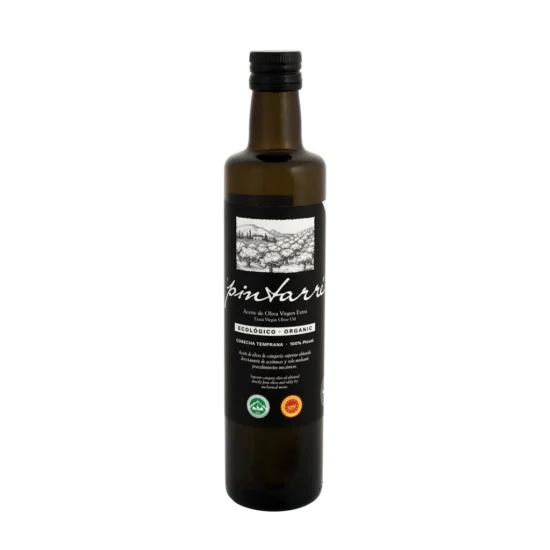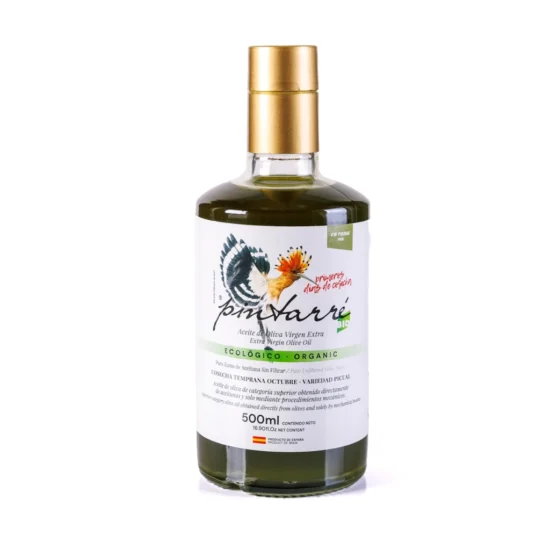Olive oil producers are improving irrigation and looking for new olive varieties to secure production as climate change disrupts harvests and drives up prices for the staple food of the Mediterranean diet.
“”Climate change is already a reality, and we must adapt,”” explained Jaime Lillo, executive director of the International Olive Oil Council (IOC). He spoke at the opening of the three-day Olive Oil Congress in Madrid, which brings together 300 participants from around the world.
The gathering took place as the world’s leading olive oil producers, including Spain, Italy, and Greece, experienced unprecedented declines in production over the past two years due to extreme drought and repeated heatwaves.
According to figures from the IOC, global olive oil production fell from 3.42 million tons in the 2021-2022 season to 2.57 million tons in 2022-2023.
And according to the organization’s 37 member states, it is expected to fall again in 2023-2024, to 2.41 million tons. This has driven prices up by 50 to 70 percent over the past year, depending on the variety.
Prices in Spain, which supplies about half of the world’s olive oil, have tripled since 2021, much to the dismay of consumers.
Olive oil has been an essential part of the Mediterranean diet for thousands of years. Spaniards, for example, use it for cooking and seasoning fish, salads, vegetables, and other dishes.
“”The price increase has been a particularly demanding stress test for our sector. We’ve never experienced anything like this before,”” said Pedro Barato, head of the Spanish Olive Oil Interprofessional Organization.
“”We must prepare for increasingly complex scenarios that allow us to address the climate crisis,”” he added, comparing the “”turbulence”” facing olive producers to that faced by the banking sector during the 2008 financial crisis.
Over 90 percent of global olive oil production comes from the Mediterranean region. The United Nations Intergovernmental Panel on Climate Change (IPCC) has found that this region is warming 20 percent faster than the global average. This situation could have a long-term impact on global production.
“”We are facing a delicate situation”” that requires a “”change in the way we treat trees and soil,”” said Georgios Koubouris, a researcher at the Greek Olive Institute.
“”The olive tree is one of the plants best adapted to a dry climate. But in extreme drought, it activates mechanisms to protect itself and stops producing. To grow olives, you need a minimum amount of water,”” said Lillo.
Among the possible solutions discussed at the Madrid congress is genetic research. In recent years, hundreds of olive varieties have been tested to identify the species best adapted to higher temperatures.
The goal is to “”find varieties that require fewer cold hours in winter and that are more resistant to water stress at certain key times of the year,”” such as spring, said Juan Antonio Polo, head of the IOC’s technology department.
The sector is also looking for ways to improve water use by storing rainwater, recycling wastewater, and using technologies that use less water to irrigate trees.
This means abandoning “”surface irrigation”” and instead using “”drip systems”” that bring water “”directly to the roots of the trees”” to avoid water loss, said Kostas Chartzoulakis of the Greek Olive Institute.
Farmers are abandoning production in certain areas considered suitable for Olive trees could become unsuitable because they are too dry, and they are relocating them to other regions./p>
There is a rise in new olive tree plantations, albeit on a small scale, in regions previously unused for cultivation, Lillo said, adding that he is “”optimistic”” about the future.
“”With international cooperation, we will gradually find solutions,”” he said.
Important Note: aceitedelcampo.com promotes the consumption of extra virgin olive oil for its culinary qualities and health benefits. However, no medication or current treatment should be replaced without the guidance of a healthcare professional.




ALZAYT EXPORT SL
info@aceitedelcampo.com
C/ Eduardo Bosca 19, 2-5
46023 Valencia
Subscribe and receive a coupon by email for your next purchase.